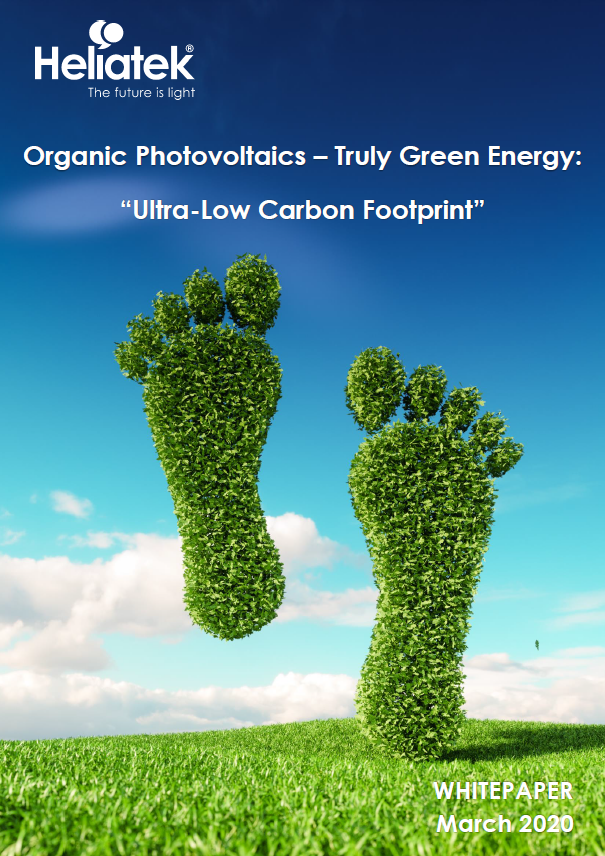Result description
The carbon footprint of the PV system with tandem cells from Oxford PV Ltd. (OXPV) is calculated to be lower than the corresponding mono-Si cells, and significantly lower than electricity from coal or gas. Mineral, fossil and renewable resource depletion was found to be the most important impact after normalization and weighting with equal weight per impact. The use of silver and indium could deplete these scarce resources. The non-renewable Energy Return on Energy Invested of the PV system with OXPV tandem cells is ~22, i.e. 22 times the energy needed to produce the PV system is returned as kWh produced to the grid. The equivalent non-RE ERoEI for mono-Si PV is ~19.
The main contributors to environmental impacts of other perovskite solar cells developed in the CHEOPS project included the power consumption and the use of gold or silver and the use of cleaning chemicals.
Summary:
- Final assessment of the environmental impacts of CHEOPS technologies per kWh produced.
- The major environmental impacts per m2 of the produced perovskite single junctions were identified as gold, power consumption and cleaning chemicals.
- The major environmental impacts per m2 of the produced perovskite – monocrystalline silicon tandem cells of OXPV are the mono-Si cell, power consumption, and silver.
- The non-renewable energy return on the energy invested in the photovoltaic system based on tandem cells (so-called non-RE ERoEI) showed ~22 times the energy needed to produce the photovoltaic system
- The equivalent of non-RE ERoEI for single junction silicon photovoltaic cells was ~19 times the energy needed to produce the photovoltaic system.
Addressing target audiences and expressing needs
- Collaboration
- Research and Technology Organisations
- Academia/ Universities
Result submitted to Horizon Results Platform by DE WILD-SCHOLTEN MARISKA







